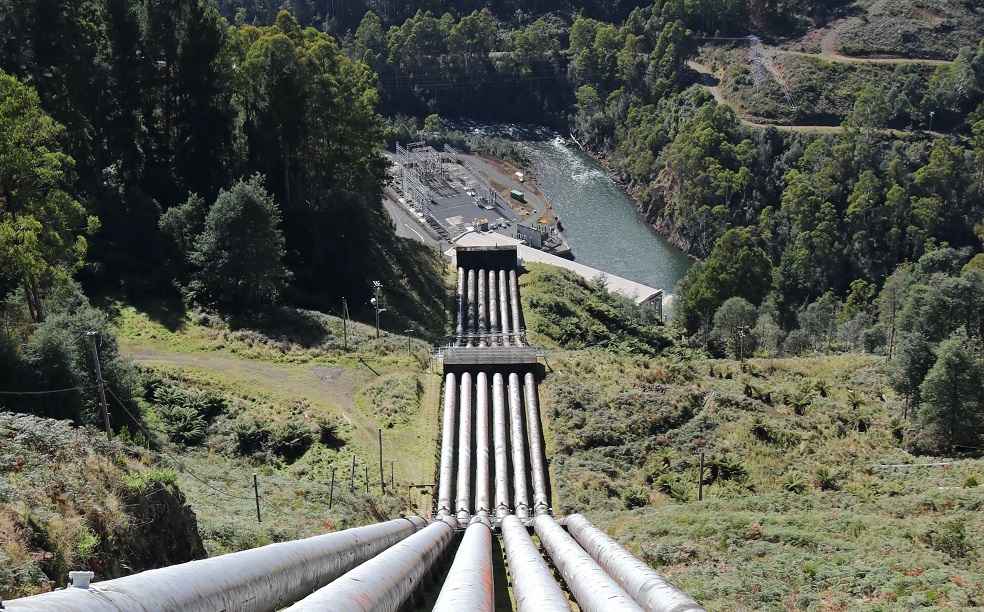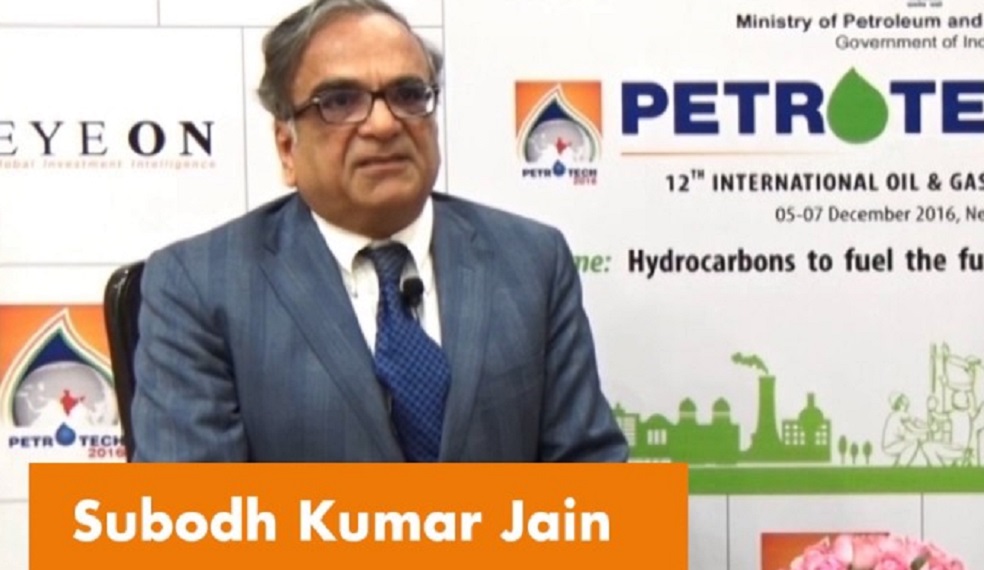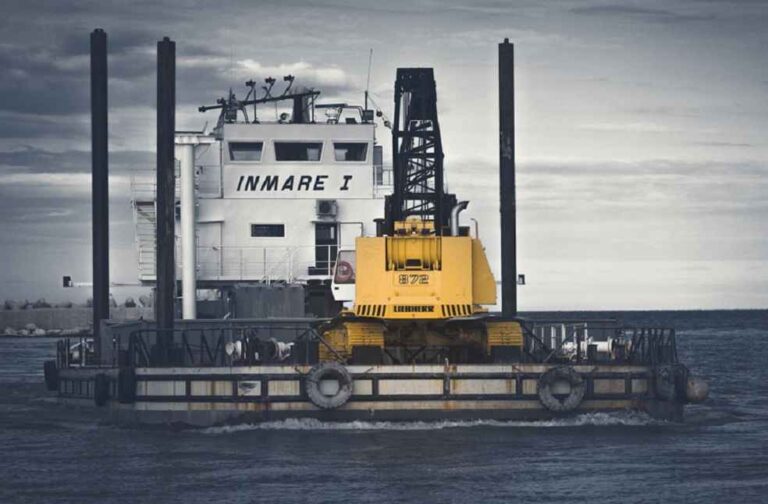South Asia Gas Enterprise (SAGE), an international consortium that specializes in deepwater pipeline projects, has put forth a proposal for a groundbreaking UAE-India undersea gas pipeline. This $5-billion initiative aims to directly connect the UAE with Gujarat, India, marking a significant development in energy trade. This 2,000-km-long energy corridor stands to revolutionize energy trade between the Middle East and South Asia, potentially leading to an annual saving of about `7,000 crore compared to similar quantities of liquefied natural gas (LNG) imports.
The proposal comes after extensive technical and financial feasibility studies, which have garnered positive responses from multiple stakeholders. “We now need the diplomatic and political support to take it forward as this requires long term government level agreement,” stated SAGE director Subodh Kumar Jain.
The project, dubbed the Middle East-India Deepwater Pipeline (MEIDP), was initially conceived between Iran and India around a decade ago, but could not proceed due to western sanctions. The current pipeline proposition avoids geopolitically sensitive regions, instead charting a route via Oman and the UAE through the Arabian Sea.

“This is the right time to strike long-term deals at government to government level,” explained Jain, referencing recent large gas discoveries in Oman, UAE, and Saudi Arabia. The Middle East plans to invest over $120 billion to increase gas output by 14 billion cubic feet per day (bcfd) by 2030, making this an opportune moment for such an ambitious initiative.
The proposed pipeline could also provide India with access to gas reserves from Iran, Turkmenistan, and Qatar, regions collectively holding an estimated 2,500 trillion cubic feet (tcf) gas reserves.
SAGE, promoted by the Delhi-based Siddho Mal Group in collaboration with a UK-based deepwater technology company, has made presentations to Abu Dhabi National Oil Company (Adnoc), other gas suppliers in the Middle East, and various Indian ministries.

The pipeline promises to deliver 31 mmscmd gas to India under a 20-year long term supply contract. Buyers can purchase gas from the Middle East by paying SAGE a pipeline tariff within a range of $2 to $2.25 per mmBtu.
The proposed pipeline is not only economically beneficial, but also supports India’s goal to increase gas share to 15% in its energy basket, aligning with its move towards a low carbon economy. By doing so, it will meet the needs of power and fertiliser industries for affordably priced gas, creating an annual demand of 700 mmscmd gas at the right prices.
“Gas pipelines are more competitive than LNG up to a distance of 2,500-3,000 km due to high cost of gas liquefaction, transportation and regasification,” Jain pointed out, emphasizing the potential savings of $5 to $6 per mmBtu and the reduced volatility compared to LNG prices.
EDITOR’S CHOICE: Studying Ecosystems and Niche Dynamics During Mass Extinction Events



